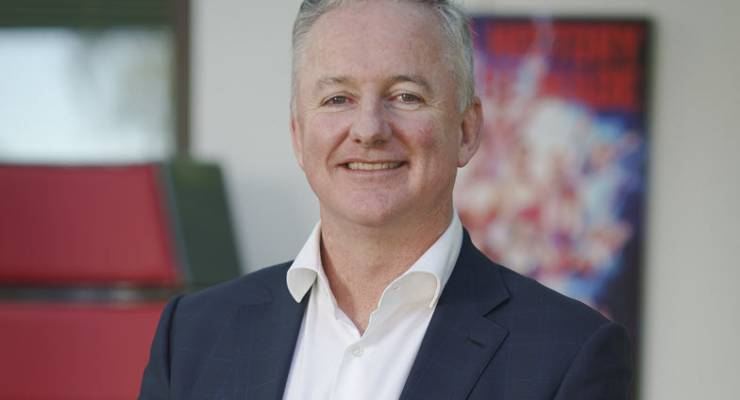
An independent expert report featured in the recently released merger scheme for Nine-Fairfax confirms what Nine really wants to get its hands on: the 50% of the Stan streaming service it doesn’t yet own, and Fairfax’s 59.4% stake in the Domain property listing business.
As the documents say:
It is expected that the Combined Group will focus on, amongst other things, the strategic benefits for Domain arising from being part of a larger media group with more diverse assets, and the ability to continue to grow Stan as a wholly-owned subsidiary.”
In other words, Domain and Stan are the future, and Nine’s free-to-air TV — alongside Fairfax’s Australian radio and newspaper operations — will be subsidiary in the merged company’s future business model.
The documents, released Friday, also featured Fairfax revenue figures (a reported 5% slide in revenues was the same as in the August update). While Domain was a touch weaker, it was Nine’s portion of the release, with news of “slightly softer [than expected]” September quarter revenues, which helped trigger a 12% slide in the share prices of both companies, wiping $700 million off their value.
Independent expert firm Grant Samuel valued the newspapers owned by Fairfax at $490-575 million, and Stan at between $450-500 million. The irony of the similar valuations should not be ignored — after 177 years of publishing, the value of such historic and powerful titles such as of the Sydney Morning Herald, Australian Financial Review, Canberra Times, The Age and a host of rural and regional papers and websites, is roughly equal to a video streaming business less than four years old, with over a quarter of a billion dollars in losses.
On top of that, Fairfax’s share of Domain is put at between $1.42-1.48 billion. With the value of Stan, the two businesses are together valued at $1.86-1.9 billion, out of assets valued at $4.3 billion for the combined company. Comments from Nine make it clear Stan is seen as the growth asset by Nine:
For the Financial Year ended 30 June 2018, Stan incurred EBITDA losses of $48 million on revenue of $97 million. Revenue growth in FY18 was 72%, which outpaced the increase in Stan’s operating expenses of 23%. Losses reduced during the 2018 Financial Year, with losses for the three months to 30 June 2018 less than half that recorded in the three months to 30 September 2017.
Stan had 1.1 million subscribers at June 30 and revenues running at more than $100 million a year. That makes it the fastest growing Australian-owned media group, but from a small base.
Stan’s subscriber base is 39% of the 2.8 million of Foxtel. Foxtel and Seven West Media had losses of more than $150 million on their abortive streaming joint venture called Presto, which lasted from mid-2015 to January 2017. Fairfax and Nine, meanwhile, have stuck with Stan (after investing $50 million each as start-up investments) and it is now the second biggest streaming video operator in Australia after Netflix. Nine management and board wants to keep driving that growth.
If Stan keeps growing in the next year, its value will overtake that of the newspapers, which continue to see falling revenues. Nine and Fairfax have financed losses of $257 million since joint venture launched in January 2015. Fairfax’s share of those losses was $113 million, and shareholder loans from Fairfax for Stan totalled $126.9 million by June 30 this year.
Those $257 million in losses will become tax losses that the combined Nine-Fairfax can use in future years. Certainly, the losses have allowed a deferred tax asset of $77 million to be set up as part of the acquisition. Hundreds of millions of dollars of value created from nothing in the space of less than four years — Nine wants more than that.
The Murdoch empire can only look on and wonder why it and Seven couldn’t do the same thing.








News Corp and Seven couldn’t do the same thing with Presto because it was inferior technology. Stan. had the same philosophy as Netflix to be everywhere on as many devices as possible. They had HD early and now have 4K. Presto’s apps and pricing structure were typical Foxtel. Absolutely terrible.
That’s a good point. If you have an Apple TV, for example, it’s a pain in the arse to have to stream a show from your iPad to your TV instead of just playing it via an Apple TV app. Stan was on Apple TV and other devices early on, and its interface is smooth and easy to use.
I think part of that was trying to protect Foxtel.
But yes Presto was pretty unimpressive.